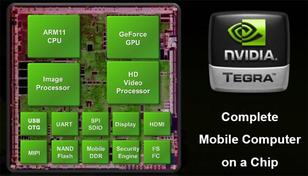RISC-V Processor Architecture
Advertisement
This article provides an overview of the RISC-V processor architecture and the functions of its key elements. We also provide useful links related to Digital Signal Processing (DSP).
RISC-V Elements and Functions
(A detailed explanation of the RISC-V elements and their respective functions would go here. Since the original article is lacking this information, I’ll include a placeholder. Please provide the specific information on the RISC-V architecture and elements you want included here. For example:)
Example (Replace with actual RISC-V information):
The RISC-V architecture is based on a reduced instruction set computing (RISC) principle. Key elements include:
- Integer Registers: RISC-V utilizes a set of general-purpose integer registers (e.g., x0-x31).
- Floating Point Registers: These registers are used for floating-point operations.
- Control and Status Registers (CSRs): CSRs control and monitor the processor’s behavior. Examples include timers and interrupt controllers.
- Instruction Set Architecture (ISA): The ISA defines the set of instructions the processor can execute. RISC-V allows for various extensions to the base ISA.
The core functions of the RISC-V processor include fetching instructions, decoding them, and executing them. The architecture is designed for modularity and scalability.
Advertisement
 RF
RF



